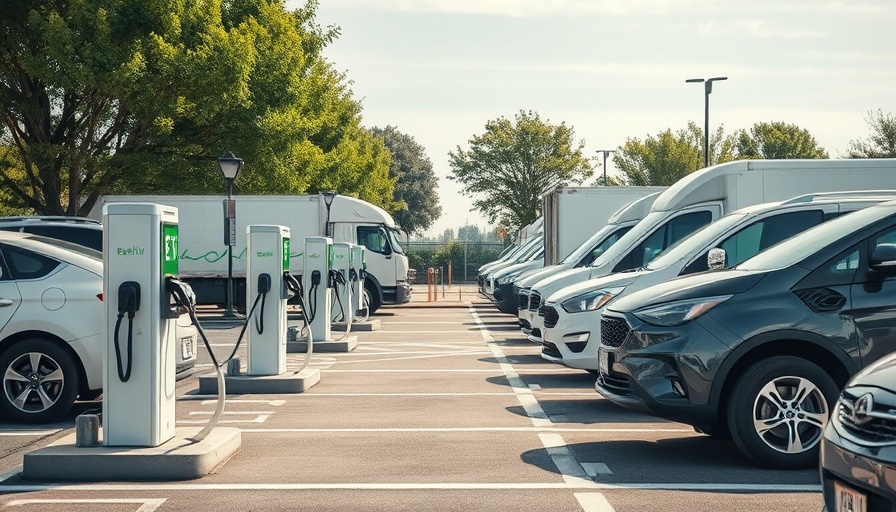
Unveiling the Unexpected: EV Chargers and Air Quality
The rise of electric vehicles (EVs) represents a crucial step toward reducing our planet's carbon footprint, but what if the very technology designed to be more environmentally friendly has its drawbacks? A recent study from UCLA reveals a troubling aspect: electric vehicle chargers themselves are linked to worsening air quality.
Understanding the Pollution Factor
While EVs emit no tailpipe pollutants, the charging stations, specifically Direct Current Fast Charging (DCFC) units, have been found to produce high levels of fine particulate matter. Researchers discovered this concerning trend around areas where these chargers are located. Fine particulate matter can find its way deep into our lungs and enter the bloodstream, posing significant health risks such as heart and lung diseases.
The Science Behind the Pollution
So, what causes the air quality degradation around EV chargers? At first glance, it’s surprising to learn that the culprits are the fans found in these charging stations. These fans operate to keep electronics cool during charging but inadvertently stir up fine dust and particles that can harm air quality. As they spin, they can recycle existing local pollutants, contributing to a larger environmental concern.
Insights from Health Experts
Study author Michael Jerrett emphasizes the implications of this discovery, stating that even short-term exposure to fine particulates can lead to health issues, particularly for sensitive groups. This is a potent reminder that while transitioning to EVs is essential for sustainability, it's vital to address unexpected consequences.
What Can Be Done to Mitigate Pollution?
The good news is that some manufacturers are already taking action. ChargePoint, a leader in the EV charging industry, has recognized the issue and is implementing design changes. They are raising the air intake and exhaust systems to minimize dust and moisture entry, and there's also a plan to incorporate filters that can diminish the expulsion of pollutants.
The Path Forward: Balancing Green Technology with Health
Enhancing the environmental benefits of electric vehicles involves more than just producing greener cars. As the popularity of EVs grows, so too must the conversation around the infrastructure that supports them. EV manufacturers and local governments need to collaborate to ensure that as we move forward, we do not overlook these important health and safety issues.
Conclusion: A Call for Awareness and Action
Understanding these implications encourages consumers and decision-makers alike to advocate for improved standards in charging station technology. Efforts to raise public awareness about the potential downsides of EV chargers can lead to better design practices and healthier communities.
The electric vehicle revolution offers immense promise, but it is crucial that we remain vigilant and proactive in addressing emerging challenges to public health.
 Add Row
Add Row  Add
Add 



Write A Comment